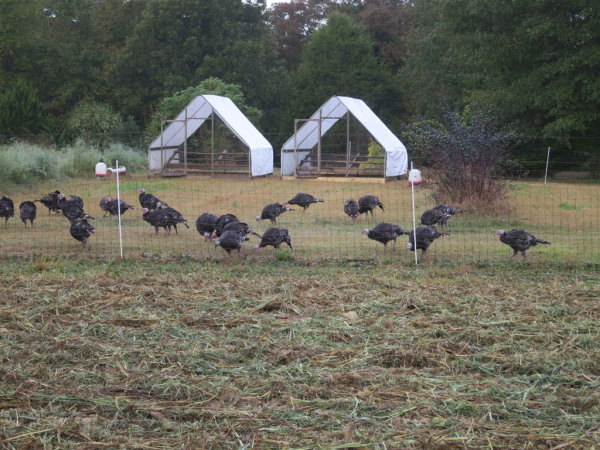by CFSA | Originally published Aug. 24, 2015 (Updated Mar. 3, 2017, & April 20, 2022)

An Overview of Highly Pathogenic Avian Influenza
Avian influenza Type A (AI) viruses naturally occur among wild aquatic birds worldwide. These birds can be infected in their intestines and respiratory tract, shedding the virus in their saliva, nasal secretions, and feces. Some host species, such as ducks, may not become sick or appear symptomatic while infected; however, AI viruses are highly contagious, and some are capable of sickening and even killing domesticated bird species on a large scale.
AI viruses are classified into low pathogenicity (LPAI) and high pathogenicity (HPAI) categories. While both categories of AI can spread rapidly, these categories indicate the severity of illness caused by the virus in birds. Both LPAI and HPAI are reportable diseases, meaning if the disease is suspected in your flock, you should contact the USDA or your State Veterinarian immediately.
Highly pathogenic avian influenza (HPAI) moves quickly between birds and can kill an entire flock in just a few days. According to the Centers for Disease Control and Prevention, HPAI can have a mortality rate of up to 90-100% in chickens, often causing death within 48 hours. Domesticated birds (chickens, turkeys, ducks, etc.) are typically infected through direct contact with wild birds, other infected poultry, or contaminated surfaces. The virus can be transferred from farm to farm on contaminated clothing, boots, tires, and equipment.
HPAI is considered low-risk for humans, according to the Centers for Disease Control and Prevention (CDC). Human infections have been very rare in past HPAI outbreaks, and there have been no known cases of human-to-human spread with the current H5N1 strain of virus that is impacting the U.S.



